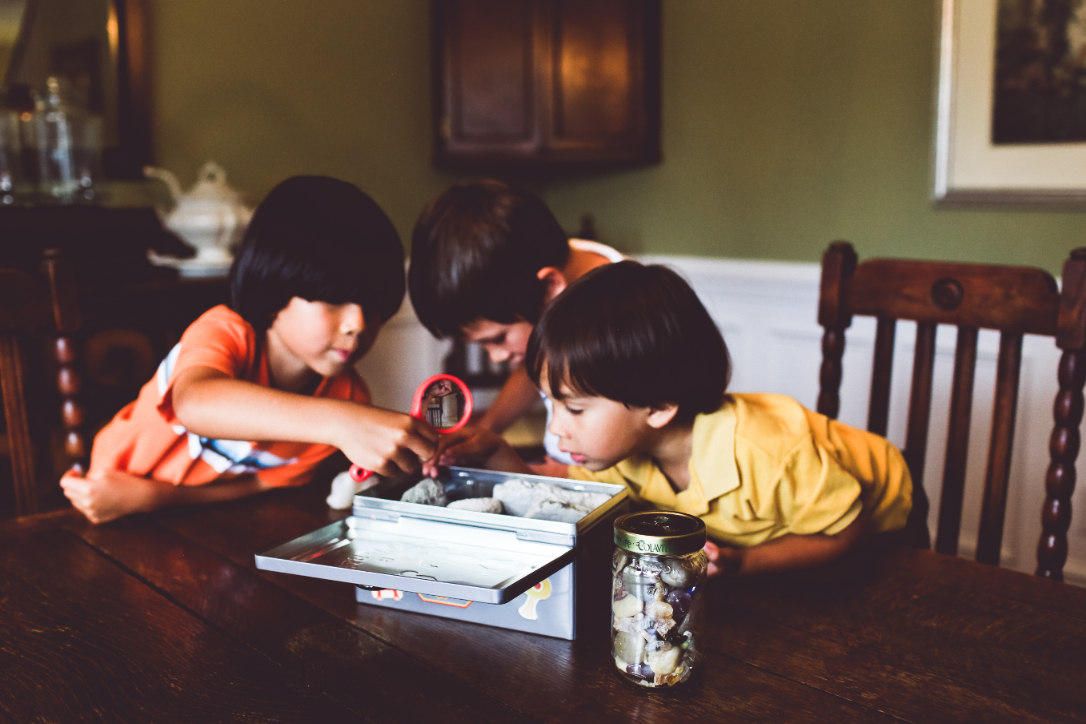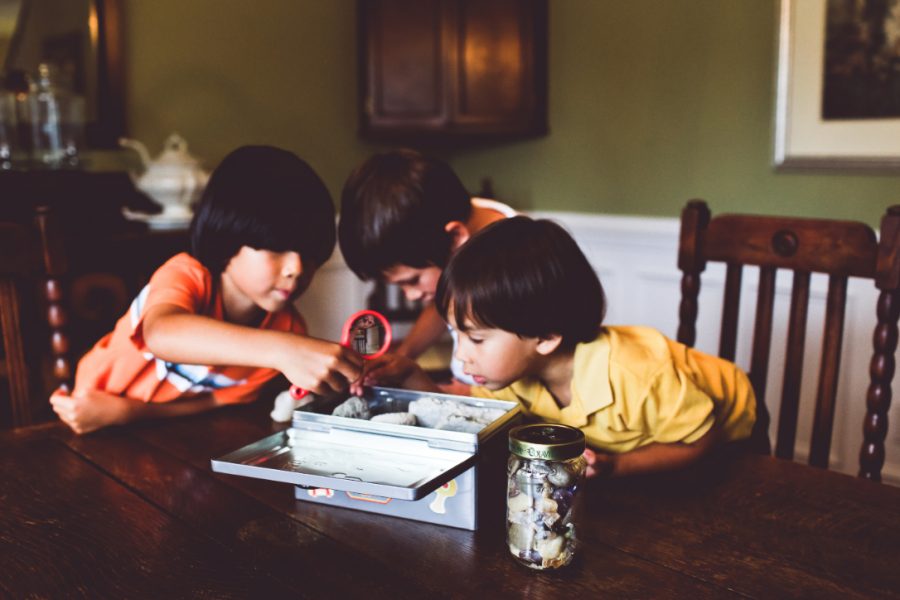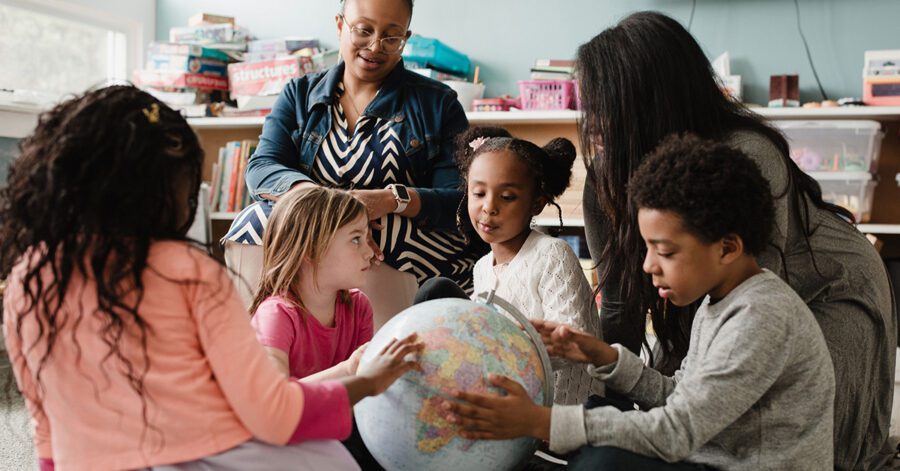
Recently, much has been made of early childhood education. The news is usually full of stories about the lagging performance of America’s public schools. One solution, always being proposed, is starting formal instruction at younger and younger ages. This in turn leads to news stories about full-day kindergarten and public pre-K.
Many educational experts argue that very young students learn better at home with their families than they do in a traditional classroom setting. They point to the fact that young children learn a tremendous amount from eating meals with their families, participating in family chores and engaging in large amounts of imaginative play.
It is possible to argue that advocates of early childhood education in a traditional classroom setting have failed to recognize crucial aspects of the fundamental nature of children and childhood.
Parents who wish to lay the groundwork of a strong education for their children would do well to complete early childhood education at home. Parents can be successful in this endeavor by following a few simple guidelines:
- Allow children 5 and younger plenty of free playtime
- Spend quality time sharing books, crafts, and music
- Create a rich learning environment at home
To adults, free play may look unproductive. However, free play is highly productive learning time for very young children. For example, when small children play house, they are trying out the adult world of family responsibilities. When children drop balls repeatedly, they are learning about gravity. When they jump on the trampoline, they are learning Newton’s scientific principle “for every action, there is an equal and opposite reaction.” They don’t articulate the principle yet, but they learn it nevertheless. Children who turn over rocks or dig in the dirt are learning about earthworms and insect life. Small children are naturally inquisitive, and free play often answers their questions and generates even more.
In addition to large amounts of time for free and imaginative play, early childhood education should include quality time sharing books, crafts, and music. Typically, very young children best experience books one-on-one with a parent or other family member. Reading aloud to them lays the groundwork for them to read independently later in childhood. It is much easier for a small child to develop a love for books when they experience them with a loved one. In contrast to the structured story times of a traditional classroom setting, these individual reading times allow young children to ask questions throughout a story and to enjoy their favorites again and again. Parents can supplement their reading times with audio books, but they should not rely exclusively on audio books, which provide exposure to stories, but don’t couple them with emotional attachments.
Free play and books should be supplemented with drawing, coloring, painting, and sculpting with clay or dough. Just as children first learn about science through personal interactions with Nature, they best learn about art by playing with the tools use to make art. In addition, this craft time enhances fine motor skills in preparation for writing. Just as many adults underestimate the value of free play, they underestimate the importance of coloring and copy work.
Another essential tool of early childhood education is music. Students should learn folk music, nursery rhymes, and patriotic songs as part of their core education. Young students also learn other core knowledge more easily when it is set to music. Parents who wish to lay a good foundation for future studies can look at multiplication songs, science songs, history songs, foreign language songs, etc.
Parents who wish to create a rich early childhood education at home can achieve their goals by spending just a little time gathering good books, art supplies, and music. Using the local library is one way to expose little ones to stories, but parents should also plan to own picture books as well. With a little effort and time, parents can give their children a solid early childhood education.
Author: Jennifer Courtney




